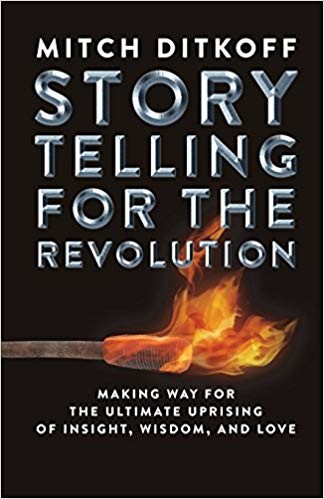What Business Can Learn from Baseball

A few years ago I ran across an article that got me thinking about how what we measure can change the way we think about what we measure, and how the latest technology that enables us to measure more and more things is not always our friend.
For several decades now, baseball scouts and coaches have been using radar guns to measure how hard pitchers throw. In fact, you can always spot a scout at a baseball game because he's the guy in the stands, behind home plate, with the radar gun pointed at the pitcher, zealously jotting down little nuggets of facts in his notebook like a squirrel gathering acorns.
Not surprisingly, baseball people have come to value pitchers who can throw hard (95 MPH and faster).

This seems to make sense at face value, but if we think about it a bit more we have to ask ourselves if throwing a baseball faster actually makes one a better pitcher. The answer is -- not necessarily.
There are many factors that contribute to making a pitcher effective:
1. Does the pitcher throw the ball exactly where he wants to throw it?
2. Is it easy or difficult for the batter to see the ball coming out of the pitcher's hand?
3. Can the pitcher throw his array of pitches at different speeds, confusing the batter's timing?
4) Can the pitcher deal with adversity, or does he get rattled when things go wrong?
These factors are all more important than how hard a pitcher throws a baseball.
But baseball's obsession with pitch speed, enabled by the ease of measuring speed with a radar gun, has caused some organizations to lose focus on what they're really trying to gauge; that is, the pitcher's effectiveness -- can he get batters out?
A few years ago, the Kansas City Royals conducted an experiment to test the existing assumption that faster is better.
Dayton Moore, the General Manager of the Kansas City Royals, has issued an edict banning radar guns from the lower levels of the organization -- the place where young players first go to develop their skills.
Moore believed that eliminating radar guns from the minor leagues would eliminate a big distraction for young pitchers -- getting caught up in throwing hard in order to be noticed and promoted and forgetting to develop other, key pitching skills.
It may take some time to determine if Moore's hunches turn out to be right, but I, and a host of soft-throwing pitchers in the Baseball Hall of Fame, like Whitey Ford and Hoyt Wilhelm, are willing to bet that they are.
I will end my baseball rant with the following quote from the contemporary economist. Adam Smith:
"Some years ago the sociologist and pollster, Daniel Yankelovich, described a process he called the "McNamara Fallacy", named after the Secretary of Defense, Robert McNamara, who had so carefully quantified the Vietnam War.
'The first step,' he said, 'is to measure what can easily be measured. The second is to disregard what can't be measured, or give it an arbitrary quantitative value. This is artificial and misleading. The third step is to presume that what can't be measured easily isn't very important. This is blindness. The fourth step is to say that what can't be easily measured really doesn't exist.'
The philosopher A. N. Whitehead called this tendency, the Fallacy of Misplaced Concreteness.
Are contemporary business and government leaders all too quickly and lazily falling into the trap of McNamara's Fallacy? Are we measuring only that which is easy to measure (and money, for one thing, is easy to measure) and making decisions based merely on those numbers because other important factors, such as long-term effects on quality of life and the environment, are just too difficult to quantify?
Should we all be rethinking what we measure and why, just like the Kansas City Royals did? And what are our own industry's "radar gun measurements" that give us easy-to-acquire numbers that gather importance simply because they're easy to get?
And if you're still not convinced, consider what Albert Einstein had to say about the topic: "Not everything that counts can be counted and not everything that can be counted counts!"
-- Val Vadeboncoeur
Idea Champions
The author of this article teaches this course
Comments
Great Val. Maybe Daniel Yankelovitch's four steps need a compact meme so we can refer to them as a group. Let's put out a jargon-call for a new word or phrase for the tendency to run the four assumptions he lists.
What do you call it when a person or group...
1. Measures only what can easily be measured.
2. Disregards what can't be measured, or gives it an arbitrary quantitative value.
3. Presumes that what can't be measured easily isn't very important.
4. Says that what can't be easily measured really doesn't exist.
Maybe it's...
- The Deadly Quantet.
- A Quantectomy
- Quantovation
Daniel Yankelovitch deserves one more plug here too. He wrote one of the classics on conflict and conversation: The Magic of Dialogue: Transforming Conflict into Cooperation (1999). An essential read for communicators and negotiators.
Posted by: Tim Moore at August 14, 2007 04:38 PM
Post a comment
Thanks for signing in, . Now you can comment. (sign out)
(If you haven't left a comment here before, you may need to be approved by the site owner before your comment will appear. Until then, it won't appear on the entry. Thanks for waiting.)














